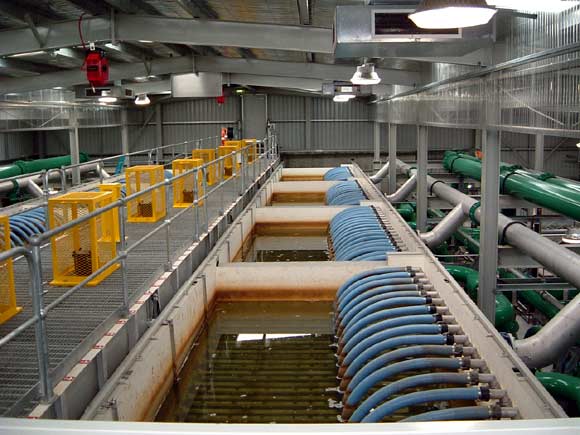Desalination technology has existed since many centuries ago and was used in extracting fresh water from water with high salt concentration. The people in the Middle East uses desalination technology to obtain fresh water that is free from salt for use as drinking water and watering their crops. Desalination facility has improved over the years and many modern desalination companies have been established all over the globe. It is estimated that 300 million people relies on desalination plants to obtain clean water.

The Middle East, Saudi Arabia and Israel are among the first countries to built desalination plants to meet the demands of clean water supply for its residents. However, freshwater shortages in other parts of the world have also let these countries to build desalination plants. In Carlsbad, a large desalination facilities contributes to 7% of the water demands for the residents in San Diego. Carlsbad desalination plant was the 17th desalination plant to be built in California.
Desalination process is energy consuming and it takes up to 10 kilowatt hours of energy for a desalination plant to purify the seawater. Desalination can also pose harm to the environment because of the high salt concentration brine solution that is discharged back into the ocean. Pumping the water from the ocean into the desalination plant is said to be causing the death of many marine lives. Despite that, research is being carried out constantly to improve the environmental friendliness of desalination process. Research and development will help to reduce the reliance on fossil fuel which is not renewable.
Carlsbad desalination company uses reverse osmosis process to convert seawater into fresh water for the residential neighborhood and factories in various industry. The desalination system at the Carlsbad plant contains thousands of membranes. Seawater is pumped through the membranes at a pressure that is at least 60 times higher than the atmospheric pressure from the seawater. The pressure exchangers in the desalination system recover back the energy so that less energy is lost during the filtration process.
Millions of people and businesses around the world rely on reverse osmosis system to provide clean water. Reverse osmosis is proven by scientists to be able to remove 99% of the solids that exist in the water. It will produce less water waste compared to other desalination technology. The cost of running a reverse osmosis desalination plant is not as high as desalination plants that use other types of technology. All kinds of microscopic fragments will be removed including rust.
Reverse osmosis desalination involves using membranes with thin polyamide films in a hollow tube. Using bigger membranes can help to conserve more energy and produce more fresh water at the same time. There is an increasing number of desalination companies increasing the diameter of the membranes the are using to separate the salt and other solids from the fresh water. Through research, it is discovered that the graphene membrane is better than poyamide membrane as less pressure and energy is needed to pump the water.



